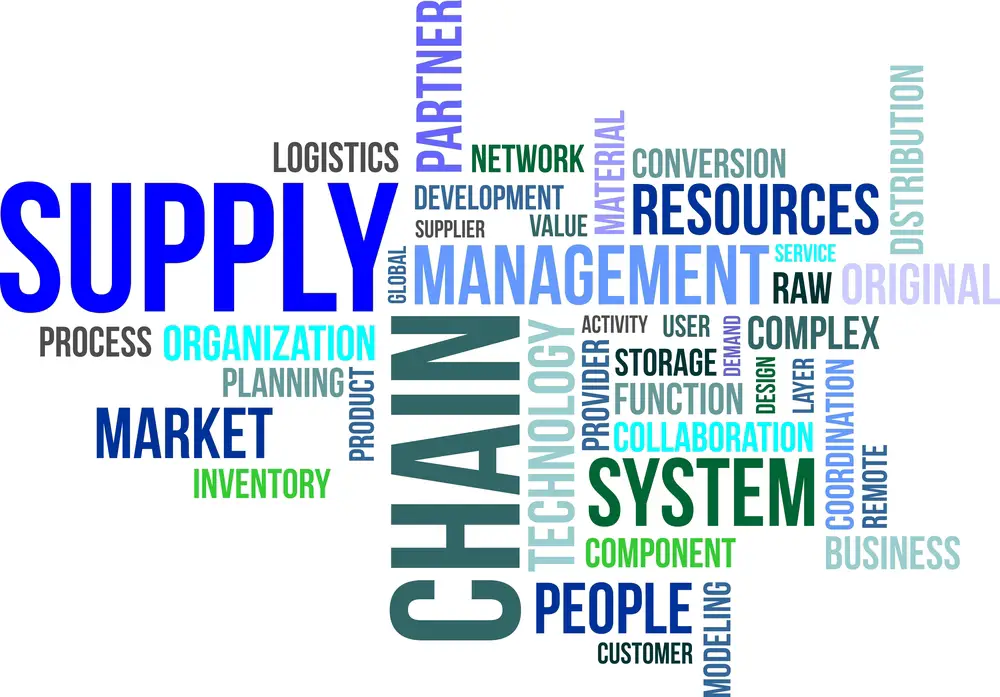An incident response plan is a set of steps taken when an incident occurs, such as a supply disruption or cyberattack. It outlines how the company should respond to prevent further disruption and minimize damage. But how do you create an effective incident response plan for supply chain attacks?
Crafting an effective Incident Response Plan for Supply Chain Risk Management is critical to protecting your business. Such a plan allows you to be prepared and act quickly in the event of a supply chain disruption to limit its financial and operational impacts. Your plan should document the following:
• The scope of what will be covered under the plan.
• Roles and responsibilities for responding to an incident.
• Processes for identifying, assessing, and addressing incidents.
• Procedures for communication internally and externally.
• Requirements for risk management post-incident.
A good Incident Response Plan should be regularly reviewed and maintained, accounting for any changes to your organization’s operations or process. After implementation, all employees should receive training on proper procedures to ensure everyone is confident in their ability to respond immediately in case of an incident.
In today’s business world, supply chain risk management is essential to ensure that your operations run smoothly. A major component of supply chain risk management is developing an incident response plan to protect against supply chain attack.
Let’s take a look at what you need to consider to develop a successful incident response plan for your business.

Risk Identification & Analysis.
The first step in creating an effective incident response plan is identifying and analyzing potential risks. This analysis involves evaluating the impact of each risk on your business and its operations, as well as determining the probability that it will occur.
In understanding the various risks associated with your supply chain, you can then create strategies and protocols that will help reduce their likelihood or mitigate their effects if they do occur.
Incident Response Strategies
Once you have identified the potential risks associated with your supply chain, you can begin to create strategies for responding to incidents that may arise from these risks.
These strategies should include action plans for different types of incidents, such as cyberattacks or supply disruptions, and protocols for communicating with stakeholders about the incident and any necessary steps to respond to it.
These strategies should also include processes for monitoring performance during an incident and taking corrective actions if needed.
Communication & Training
For your incident response plan to be successful, it is important to ensure that all stakeholders know and understand its purpose. You should communicate the plan clearly and regularly review it with stakeholders, so they know its contents and procedures before an incident arises.
What is Cyber Supply Chain Risk Management (CSCRM)?
Cyber supply chain risks management involves understanding the cyber threats within the supply chains and managing them. The supply chain is the human process and technological component that provides goods or services in a given group. Third-party risk management is part of supply chain cyber supply chain risk management.
The term supply chain exists within the society of today. Many tend to conceptually relegate definitions to the manufacturing or transport sectors and forget that the web itself has become an essential part of the digital supply chain providing service and access.
Supply chains have risen in complexity. As digital tools are gaining popularity, executives are concerned about a lack of visibility and fluctuations in customer demand. However, adopting technologies has also raised concerns regarding security at suppliers.
Cloud enables inventory visibility, but mobile applications also help managers react to demand curve changes more efficiently. Nevertheless, malicious actors have leveraged gaps within digital protection systems to compromise function and inconsistent supply chains.
Cloud and digital technology have enabled companies worldwide to prosper and grow. Nonetheless, interconnections have a high risk — partners vendors and third-party companies have a higher risk — and malware has been identified targeting organizations in the supply chain.
The supply chains are therefore an important part of an organization’s risk management and security program. We will discuss supply chain threats and how organizations can prevent them.
While organizations can invest significant resources in their cybersecurity strategy, it can still be extremely difficult for a business to protect its cyber network. It will become even harder if your supply chain is becoming complicated or relies heavily on overseas relationships. Can you identify and prevent third-party risk if your supplier is not using standardized security measures and has no control over its activities?
Why Cyber Supply Chain Risk Management (C-SCRM) is Important?
In the modern digital age, organisations do not have any control over the digital supply chain. When cyber attacks occur, downstream effects can be far greater than before. In addition, traditional perimeter security does NOT protect the electronic network connected.
A wide variety of devices requires an extensive strategy for the use of security technologies that include third-party systems and services that can affect the environment’s security.
Successful Supply Chain Risk Management Strategies
Managing your supply chain risks is complex, particularly in contrast, you can’t protect your organization’s environment. The initiative should continue throughout the entire risk management and cyber-security strategy. Here are some tactics for protecting yourself in supply chains.
Understand your supply chain ecosystem
Your supply chain management is very hard to handle without a comprehensive knowledge base. Ensure you have compiled the complete Supply Chain vendor list for your company, as you may also need help identifying your suppliers from the outside.
Find the vendor and partner that exposes you to more risk for your future. Are attacks harmful to organizations? Can you report a security breach to a hacker who has been exposed to the hack? Understanding this provider’s crucial role is helpful in planning & implementing the proper incident response.

Limit your supply chain network access and integrations
Hacking and threats actors actively attempt to penetrate a corporation via a third party, hoping to escape detection and profit from a poorly secured third party. If you restrict your network access and ensure that your third parties only process the necessary data, you reduce the damage hackers can cause to your network.
Monitor your network for suspicious activity
If your supply-chain environment is connected to the Internet, it should be monitored and managed. Suppliers attempting to access your network without authorization or unauthorized access to certain data could signal a compromise.
Supply Chain Risks
Purchasing Chain Risk Management means managing exposed suppliers and preventing potential threats. There are varying risks affecting your supply chain, and knowing how they can be dealt with is important.
Open source risks
Software providers use open-source software for delivery services and for functions that create risks. Open source software means its code can be made available and is low-cost, so anyone can improve the software source code.
While these are advantages that allow for greater agility and community improvement while maintaining low costs, they also permit poor actors to examine the source code and uncover vulnerabilities that can be exploited. Unless you know that vulnerability, it can easily get you into trouble.
Hardware (Backdoor) Risks
A security company that provides security cameras, printers, and wireless networks are also dangerous. The hardware usually comes with electronic and wireless parts, which widen the attack areas within organizations.
When this device comes with hardcoded passwords and minimal security, a user has to leave his or her default password in his or her hands and leave him openly. Hacking a computer can gain access through such insecure devices and easily gain control of your system.
Cloud-based vendor risk
With cloud-based technology, enterprises can use the cloud to handle many key business processes. Think about content management software and services like social network management or web hosting and services.
Attackers can easily target such critical vendors because they know that they have access to the data/systems from multiple corporations. If malicious agents are targeting you, they may attempt to attack a lesser critical vendor to see if your security is inadequate or may access your data.
Conclusion
Developing an effective incident response plan is critical when managing risk within your supply chain operations. The process involves identifying potential risks, developing strategies for responding to incidents, and ensuring that stakeholders know the protocol when an issue arises.
Through careful planning and preparation, businesses can be better equipped to handle disruptions quickly and effectively, minimizing any damage caused by unexpected events.
Have you read?
Federal supply chain risk management plan
Risks and mitigation plans for supply chain management
What is supplier risk and performance management?
Risk management plan for a cyber and internet project
What does a business continuity plan typically include
How risk management in supply chains affect performance.

Chris Ekai is a Risk Management expert with over 10 years of experience in the field. He has a Master’s(MSc) degree in Risk Management from University of Portsmouth and is a CPA and Finance professional. He currently works as a Content Manager at Risk Publishing, writing about Enterprise Risk Management, Business Continuity Management and Project Management.



